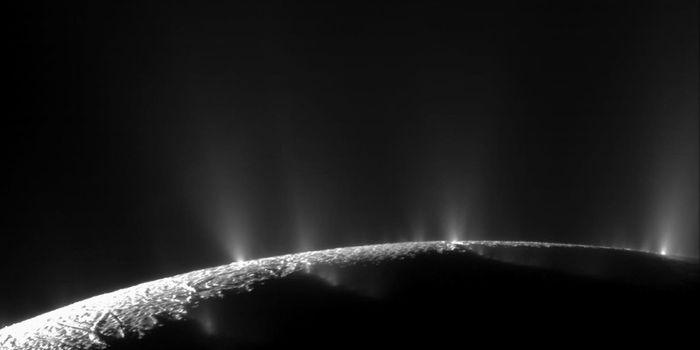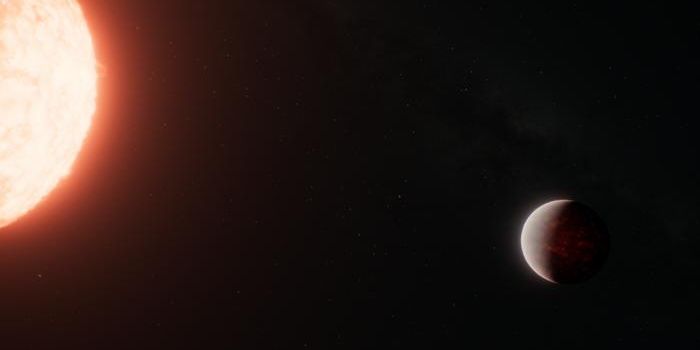SETI Institute and Partners Pioneer Search for Extraterrestrial Signals Beyond the Milky Way
Are we alone in the universe, and could we find intelligent life beyond the confines of our Milky Way Galaxy? This is what a first-of-its-kind study conducted by the Murchison Widefield Array (MWA) in Western Australia hopes to address as a collaboration between the SETI Institute, the Berkeley Research Center, and the International Centre for Radio Astronomy Research examined approximately 2,800 galaxies outside the Milky Way for signs of intelligent life, with emphasis on low radio frequencies (100 MHz). This first-time search holds the potential to help astronomers better understand the technology that can be used to find signs of alien technology, also called technosignatures.
“This work represents a significant step forward in our efforts to detect signals from advanced extraterrestrial civilizations,” said Dr. Chenoa Tremblay, who is a radio astronomer at the SETI Institute and co-lead on the project. “The large field of view and low-frequency range of the MWA makes it an ideal tool for this kind of research, and the limits we set will guide future studies.”
Unfortunately, of the approximate 2,800 galaxies searched by the team, they did not locate any technosignatures. However, this search highlights the importance of using novel techniques to find signs of intelligent life in the universe, along with demonstrating continued international collaboration between the SETI Institute and other organizations around the world. As noted, this is a first-of-its-kind search, as SETI has traditionally limited its search for intelligent life to within our galaxy.
“The MWA continues to open up new ways of exploring the Universe for intelligent civilizations and technosignatures, while using the same data to study the astrophysics of stars and galaxies. This work is new and novel, but also paves the way for future observations with even more powerful telescopes,” said Dr. Steven Tingay, who is a professor of radio astronomy at Curtin University, the Director of the MWA, and the project’s co-lead with Dr. Tremblay.
What new methods will be used to try and find intelligent life in the universe in the coming years and decades? Only time will tell, and this is why we science!
As always, keep doing science & keep looking up!
Sources: arXiv, ScienceDaily, SETI Institute








